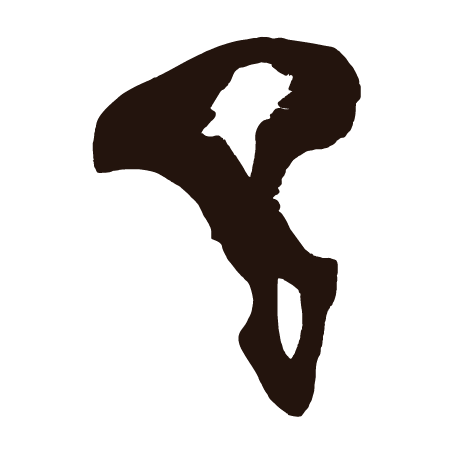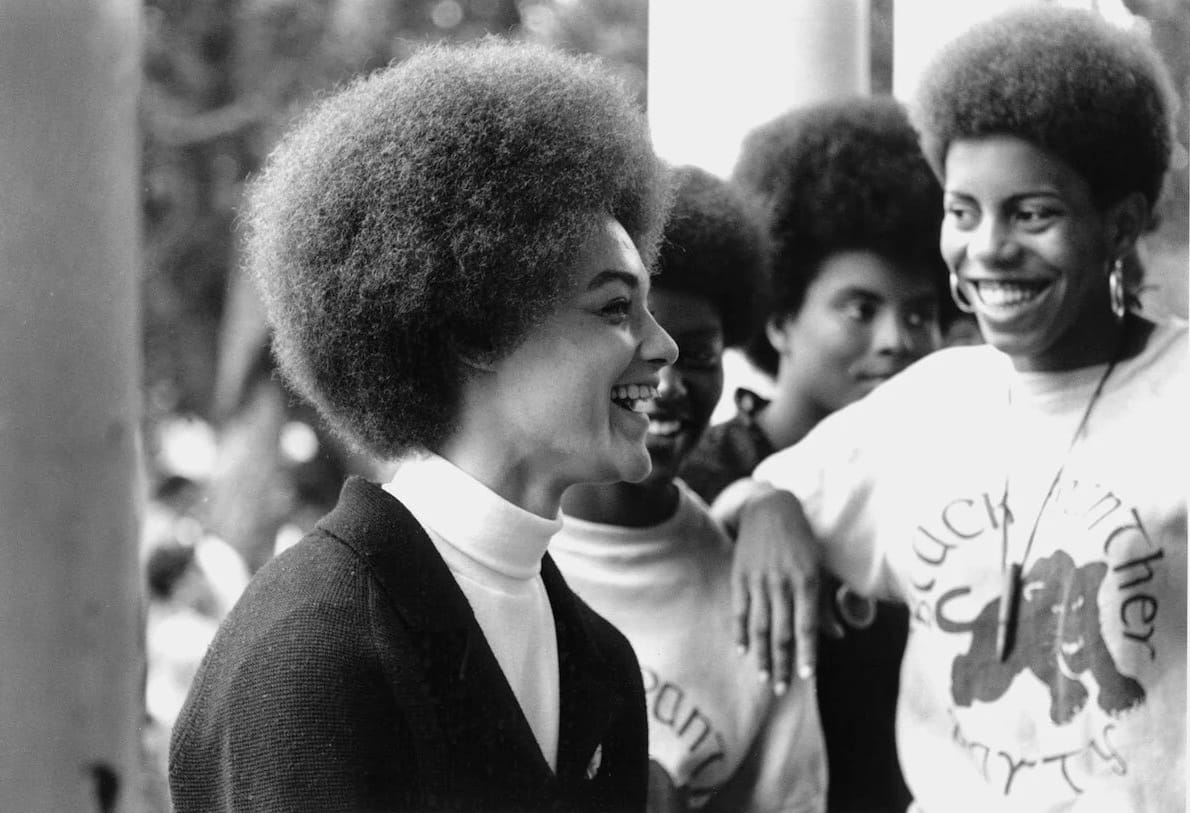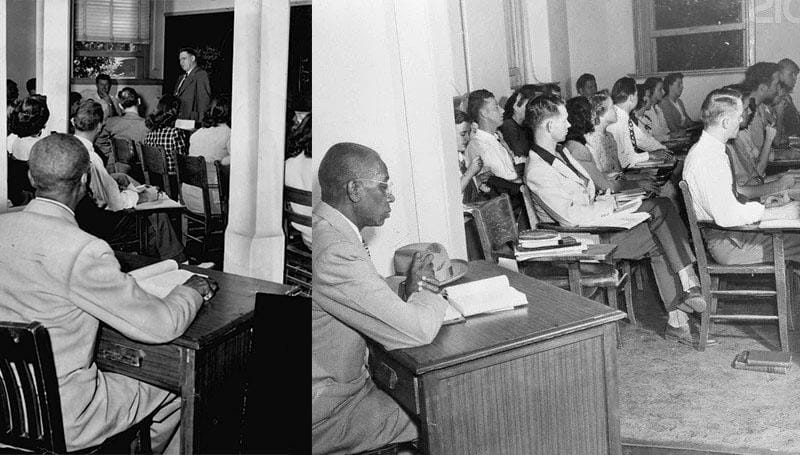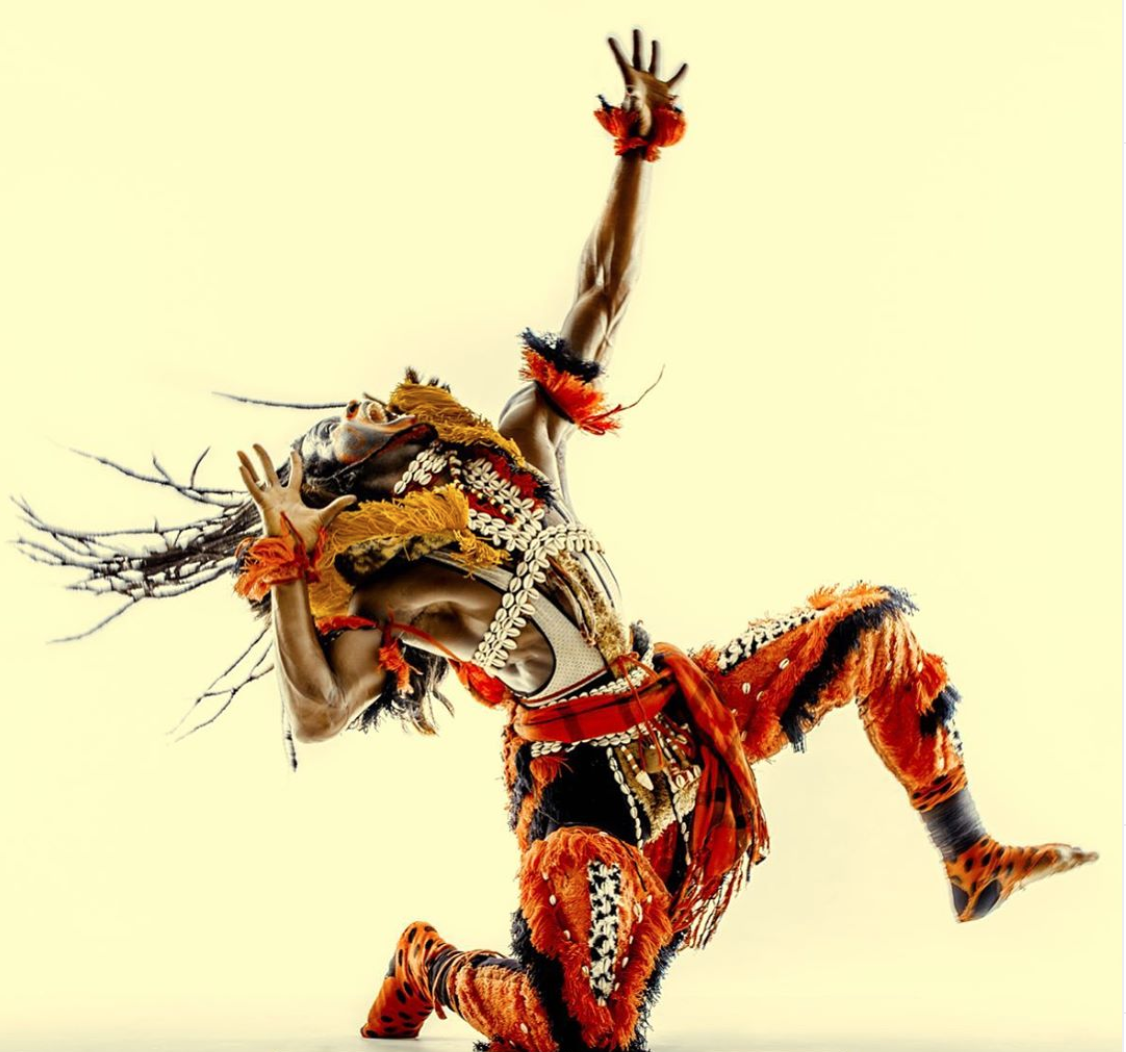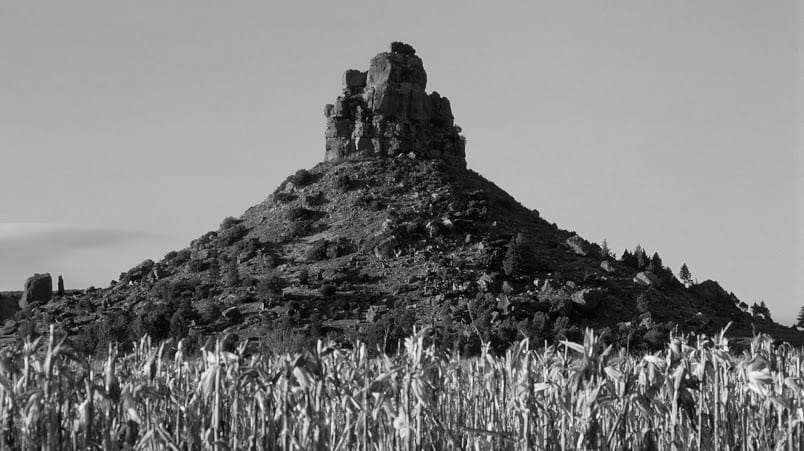From Ancient Egypt to today, the afro comb has stood the test of time. Through the ages, the afro comb grew to become an essential tool for black hair creating eye-catching and cultural hairstyles. The history of the afro comb is often overlooked, but this essential hair tool dates back to over 6000 years. In this blog post, we take you back in time and breakdown the evolution of the afro comb. From its start in Africa to its cultural significance today.
Origins In The Afro Comb
The origins of the afro comb can be traced back to Africa. Archaeologists unearthed combs that resemble afro combs that could be 7000 years old. These combs were found in Kush and Kemet - ancient Egyptian civilizations that are today Sudan, South Sudan and Egypt. The long-toothed Kemet combs were decorated with birds, bulls’ horns, hippopotamus. This shows the civilization’s respect for nature. Some of the Kemet combs also has images of people on them.
The Creation Of The Afro Comb As We Know It Today
Thousands of years after the Kemet and Kush created its beautiful combs. The comb was initially made of wood, but was later mass-produced in plastic and became more available to the general public. By mass-producing the afro comb, the popularity of the original rigid wooden combs decreased.
Black Power & The Afro Comb In The 1960s
At the end of the 1960s, the Black Power Movement — a movement that emphasized racial pride, and economic empowerment — used the afro comb as more than hairstyling tool. The comb was used as a political emblem and a signature of a collective identity. By wearing the comb in your hair, you were part of a kind of comradeship amongst those who have black pride and whose hair grows up and out into a beautiful afro. Embracing natural hair become the norm, and the afro comb was the tool of choice.

In 1972, the iconic Black Power Fist comb was produced by an Italian businessman, Anthony R. Romani. It was reminiscent of the 1968 Black Power salute by Olympians Tommie Smith and John Carlos in Berlin.
The Afro Comb Today
Combs similar in shape are still used across Africa. In Ghana, the dua’afe (wooden comb) is used and linked to femininity and beauty. In other West African countries including Nigeria, Benin, Togo and Ivory, traditional Yoruba combs - long-toothed and necked - are given as parting gifts, friendship gifts and as good luck charms. Even though fewer afro combs are being produced, it is still a hairstyling tool used amongst people of colour. The most prominent figure who always wears his afro combs with pride is well-known drummer Questlove who can be seen on the ‘Late Night with Jimmy Fallon’ and playing in the band The Roots. In various communities around the world, the afro comb is used truly embrace black hair and the everything that goes along with it.
- Ilya Terovsky
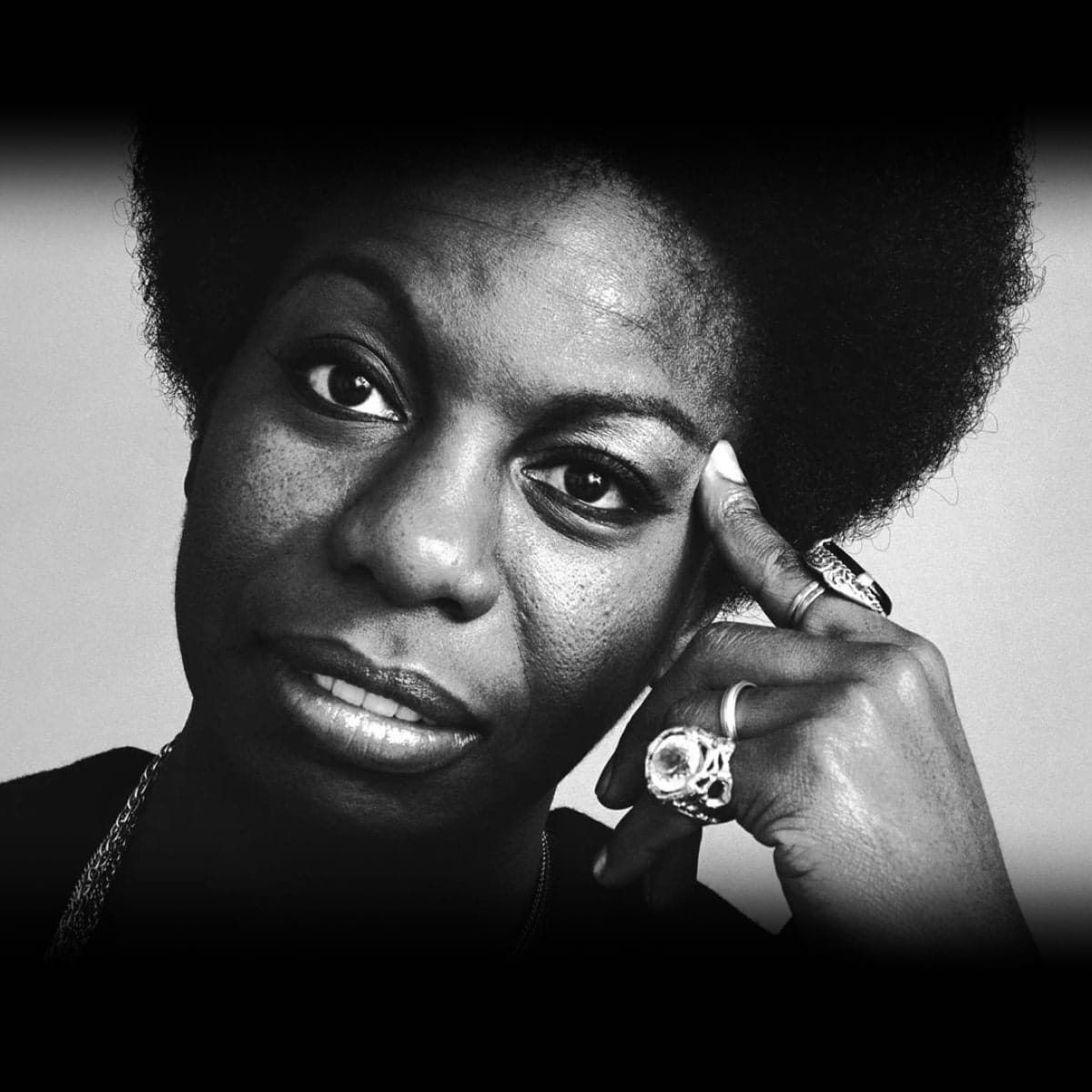
For centuries, Black people have been forced to assimilate in a Eurocentric society – one that, particularly for women, has demanded a certain beauty standard that favours straight hair. This is the reason that hair style matters to black people, in this case hair style can be seen as revolutionary power of self-expression. The Afro comb became a symbol, it is not just a tool or an accessory but a cultural icon in many African societies, it can symbolize status, or group affiliation, or religious beliefs. In the twentieth century 'afro' combs have taken on a wider political and cultural message, perhaps most notably in the form of the 'black fist' comb that references the Black power salute. What does Afro combs mean to?
